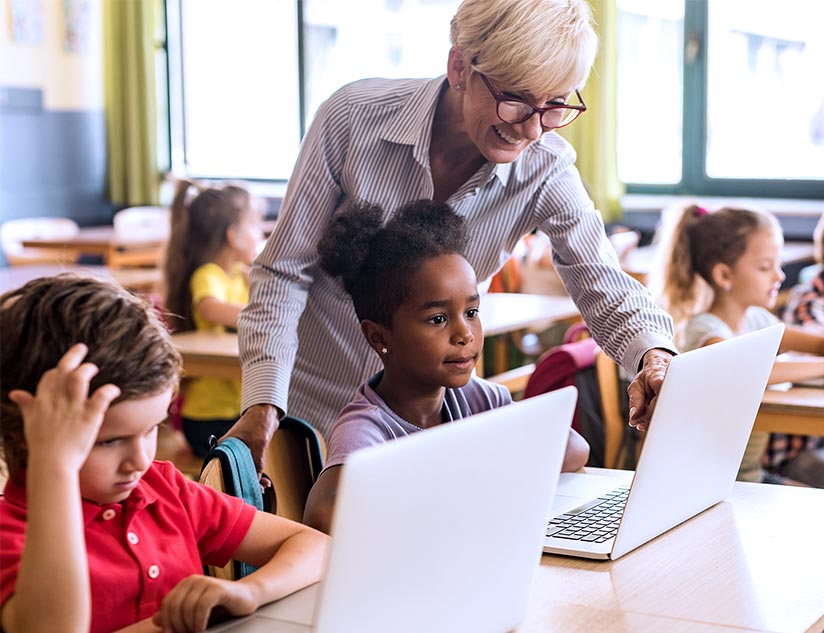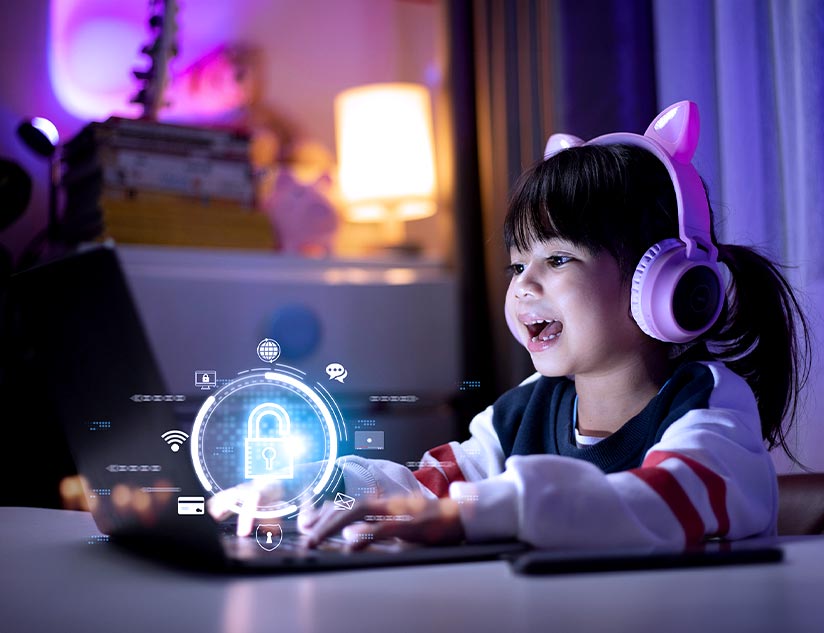The Dos and Don’ts of Delivering Exceptional Remote Learning Experiences
December 26th, 2023
In today’s world of remote education and hybrid work cultures, online platforms have become a learning imperative. Remote learning ensures continuity in education. This is critical for students and facilitates the upskilling of employees. Remote education encompasses online and distance learning through application-based and website-based mediums. To be future-ready, educational institutions need effective processes to turn remote learning on or off for a part of or the whole classroom to ensure scalability and efficient use of resources. This blog discusses the dos and don’ts of delivering exceptional remote learning experiences.
Dos of Remote Learning
A few non-negotiables for every online platform that enables remote learning are:
Leverage Technology
Before transitioning to a new education delivery format, it is essential to communicate with educators, students, and their parents. This helps prepare them for the change and reduces anxiety. It is critical to use effective communication channels to ensure that the benefits of remote education are adequately communicated and that any doubts or concerns are addressed.
Create and Stick to the Schedule
Remote education requires more discipline to create environments conducive to delivering and consuming learning. This is especially true for asynchronous education. Educational institutions must create schedules and ensure that lectures and learning materials are uploaded on time, considering diverse time zones. Face-to-face sessions can be planned for synchronous schedules, which also require a stringent schedule to build an effective routine. Leverage intelligent rostering tools to create schedules that manage the time of your educators and learners equally efficiently.
Level Up Your Content
Content plays a crucial role in digital learning. Empower your educators and curriculum developers with tools to create engaging and interactive content. This includes gamification elements, creating immersive lessons, and incorporating multimedia elements. Learner progress badges and leaderboards are another great way to instill enthusiasm among learners. In addition, discussion forums, chats, and group activities encourage active participation. Feedback through these mediums further enhances learning outcomes.
Incorporate Personalization
Ensure that the learning platform you use for online education is equipped with AI-powered analytics to assess students’ individual learning styles, speeds, and requirements to create unique learning paths. This is an added benefit of remote education. Leveraging adaptive assessments facilitates personalized learning journeys and the alignment of learning goals with individual needs. Adaptive assessments and automated feedback capabilities help reinforce weak concepts in real time, thus improving overall student achievement.
Don’ts of Remote Learning
- Avoid using outdated or incompatible technology tools to ensure accessibility for all users across devices and platforms.
- Don’t rely solely on lectures or passive learning. Shift to modern flipped classrooms, hybrid learning styles, and flexible, self-driven learning.
- Refrain from overloading students with too much content or assignments. Short and targeted modules are best for autonomous learning and self-driven progress.
- Don’t ignore the challenges and concerns of students and educators. Elicit and address those challenges to elevate digital learning experiences.
Tips to Ensure Success in Digital Classroom
The digital classroom has similar goals to a physical one, but achieving these goals requires a different approach:
- Foster a sense of community and connectedness through online forums and social media groups.
- Provide ample support and resources for educators to learn new technology tools and digital content creation.
- Ensure that digital content is accessible to all learners, including those with disabilities, by augmenting resources with assistive technologies.
- Encourage collaboration between educators and publishers to create high-quality, engaging digital content via curriculum design forums and platforms.
- Leverage data analytics to track student progress and adjust content delivery and assessments accordingly.
Prepare for an Evolving Learning Ecosystem
The global remote learning market is forecasted to expand at a CAGR of 15.52% between 2023 and 2031. This calls for immediate action by edtech firms to stay relevant in a rapidly transitioning industry. Powerful technology tools, user readiness, and adequate infrastructure and learning resources are the prerequisites for a rapid and effective transition. While user readiness is evident from internet penetration and the global shift towards online learning, edtech firms must ensure that their digital learning platforms empower educators and learners. The best way to do so is to partner with a leading technology provider who helps edtech firms adopt compliant remote learning solutions seamlessly. Hyflex and accessible solutions foster a smooth transition to online learning.
MagicBox’s comprehensive remote learning solutions can transform your users’ teaching-learning and course design experiences. Additionally, proprietary content creation platforms and embedded analytics deliver actionable insights on learner progress and the learning program’s efficacy, which can be instrumental in gaining an edge in the competitive market. Contact the team now to learn how superior online learning capabilities can accelerate the growth of your business.






